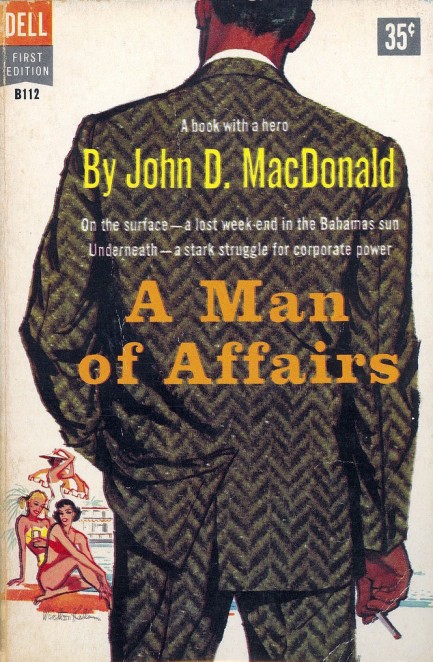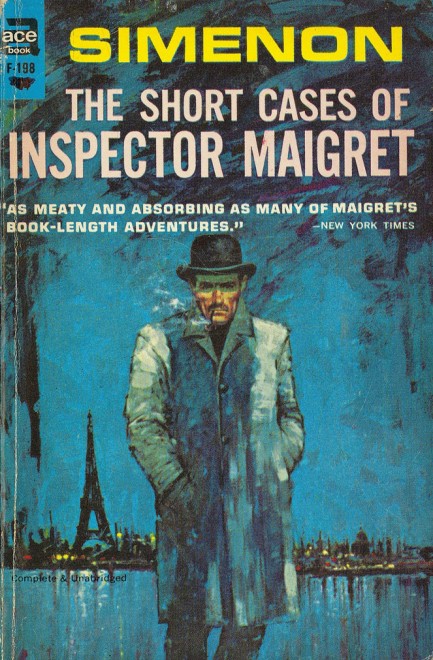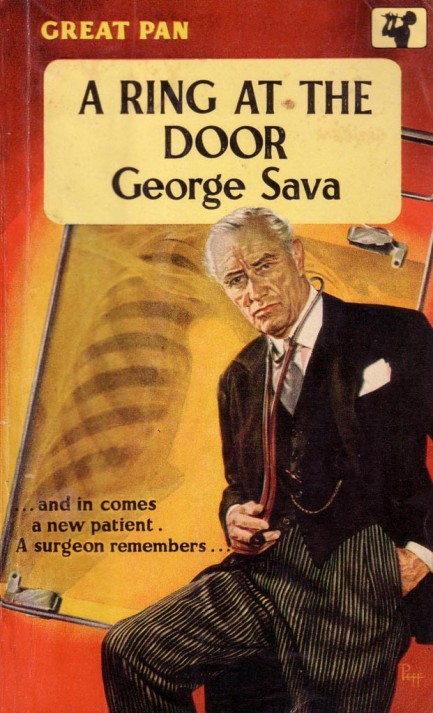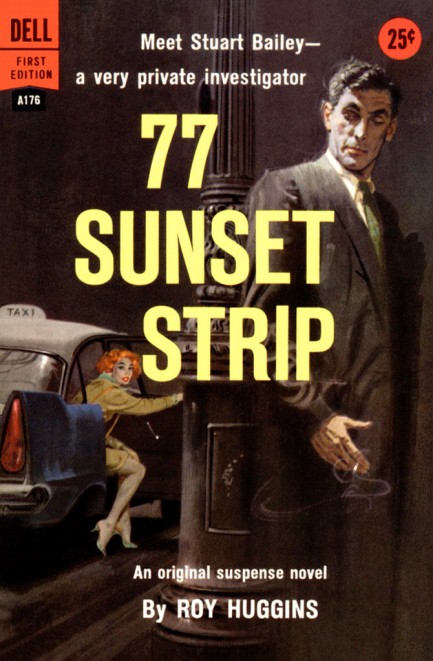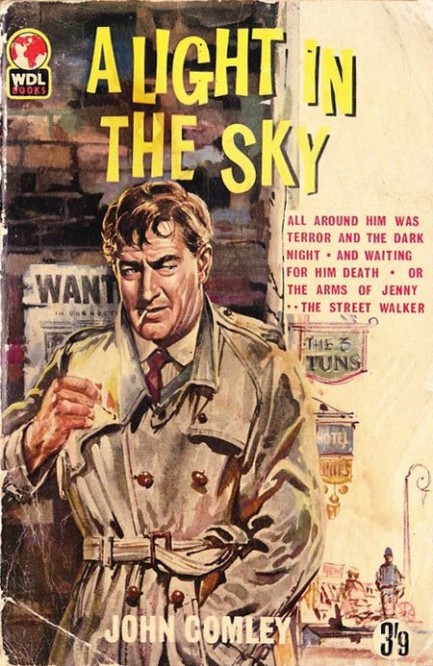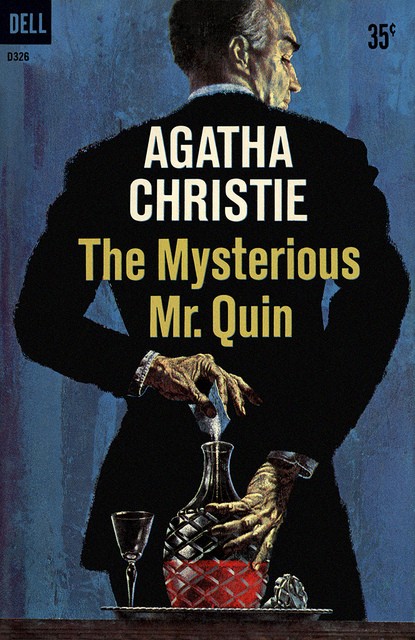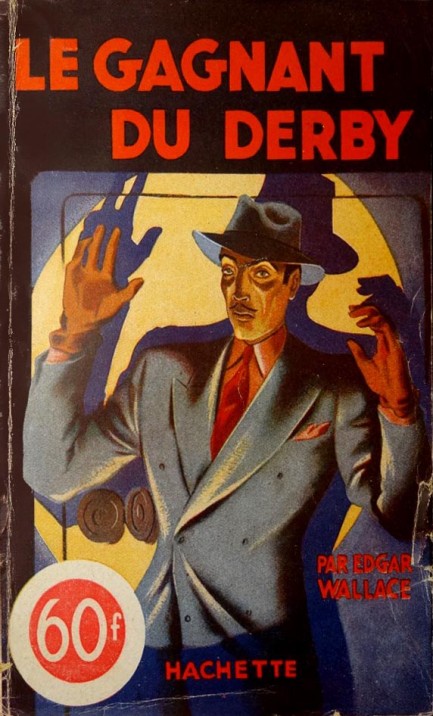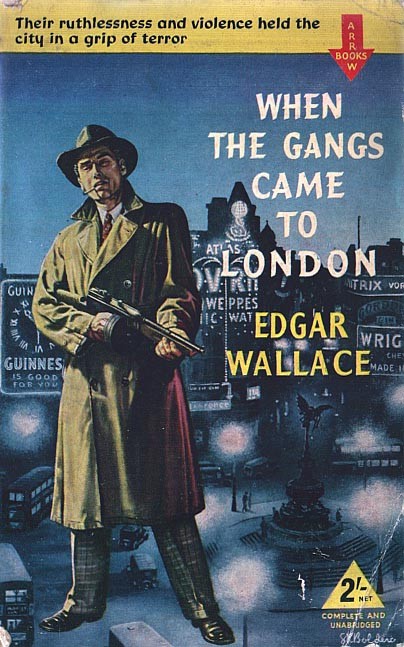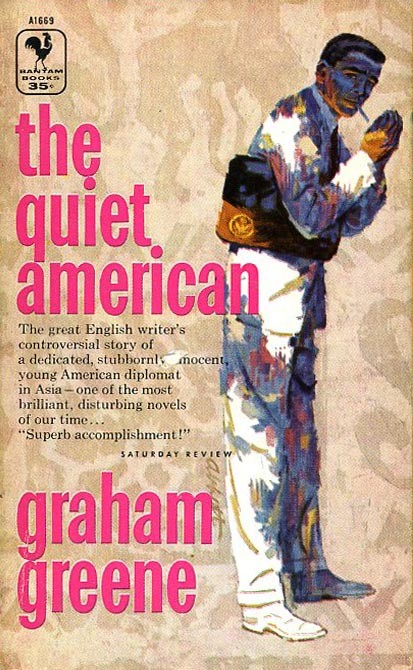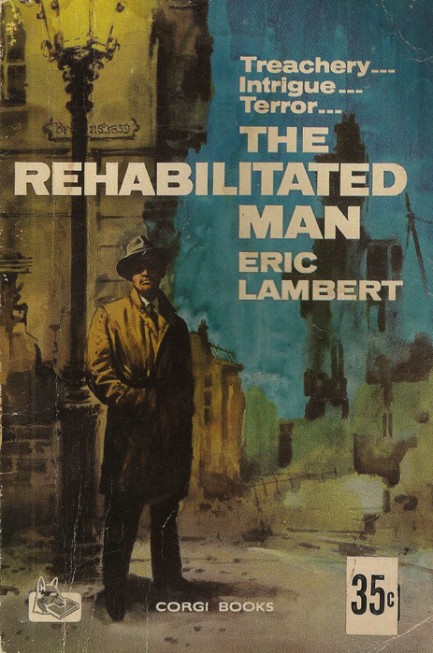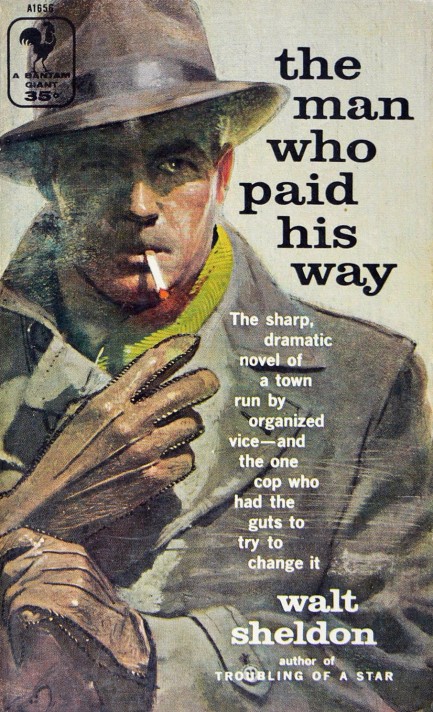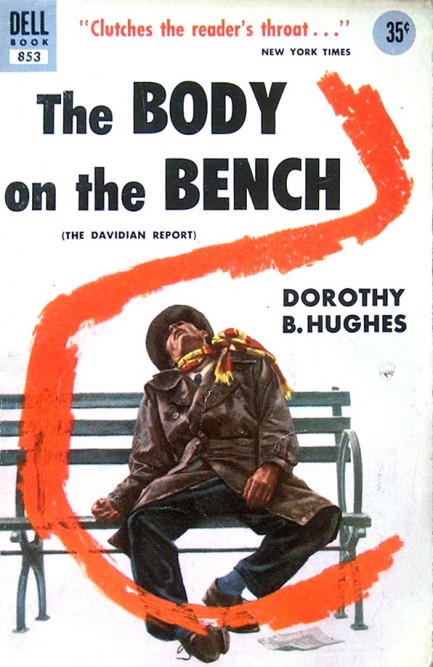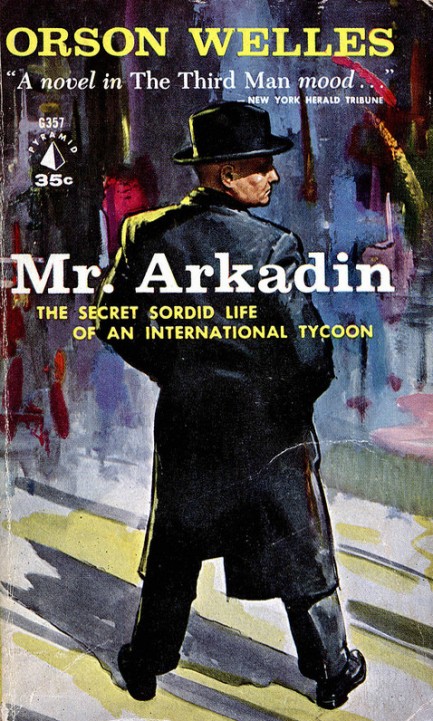| Intl. Notebook | May 26 2016 |

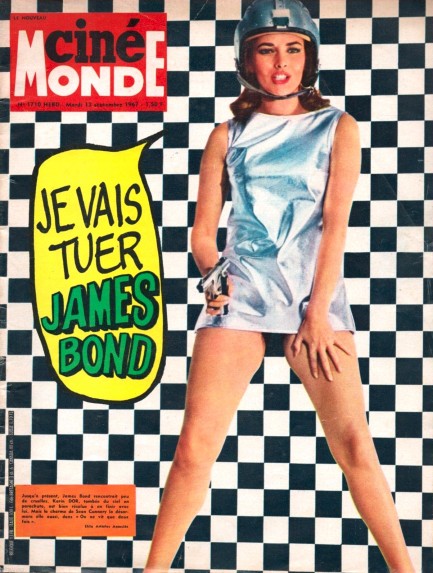
Does this image of Karin Dor look familiar? Possibly because it’s the same one we used in a femme fatale post on her late last year. It was made to promote the film You Only Live Twice, and appeared in many places, here for example on the cover of the French magazine Cinémonde. Focusing pretty much exclusively on movies and movie stars, Cinémonde launched in 1928 and lasted until 1971, with seven years of dormancy from 1940 to 1946, and another two in 1969 and 1970. The examples you see here are all from the mid- to late-1960s, when director Maurice Bessy moved toward less conservative graphics than in the past. Generally Cinémonde cover stars were women, often French, but every once in a while a guy made the cut, such as the fronts with Marlon Brando and Gérard Philipe below. We’ll get to the interiors of Cinémonde a bit later.
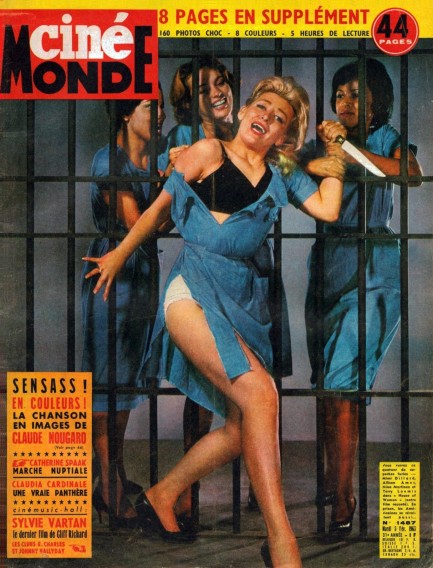
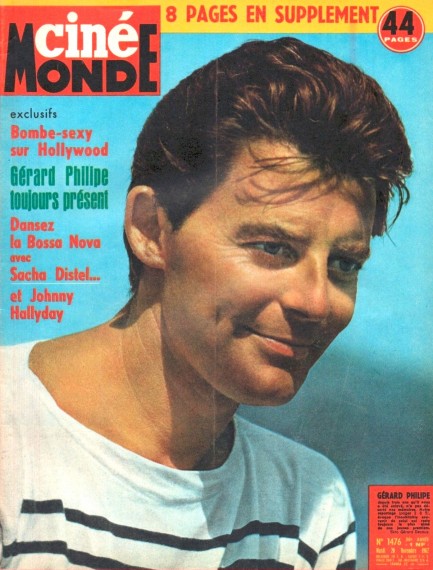
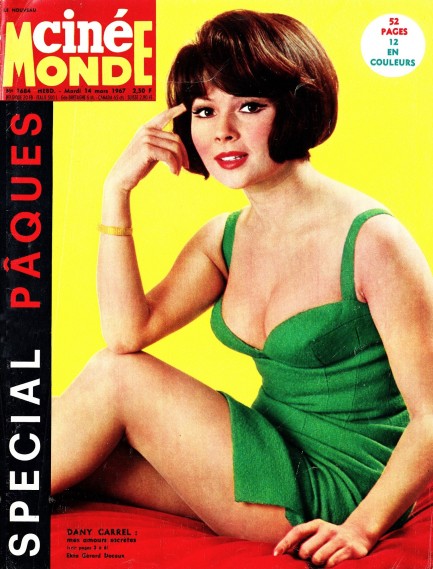
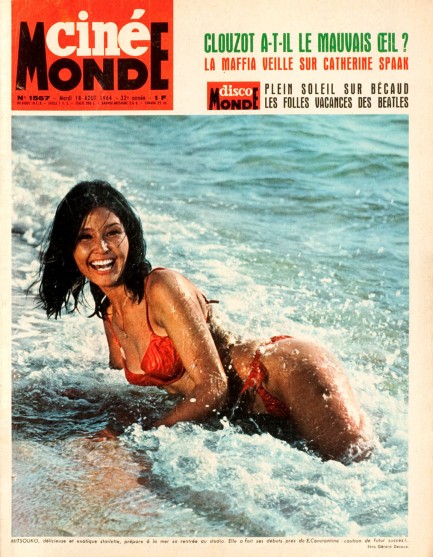
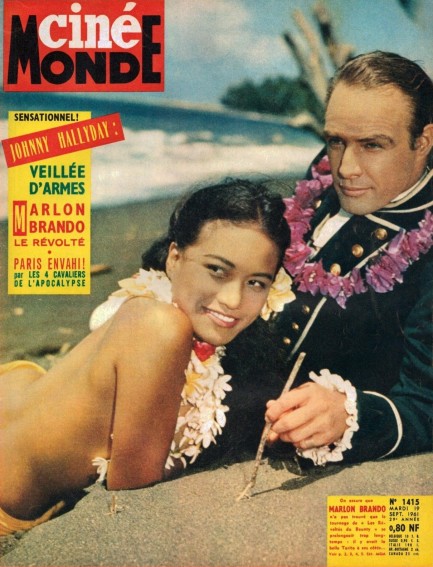
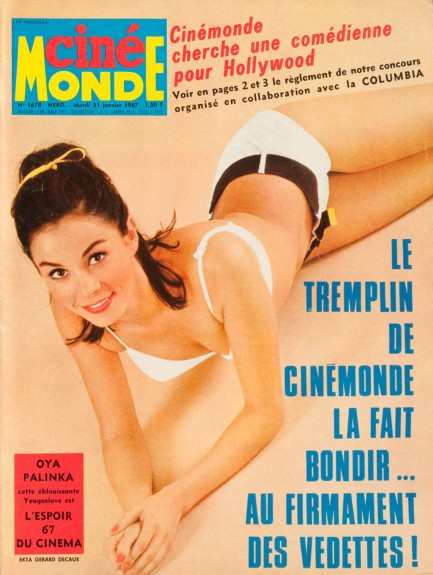
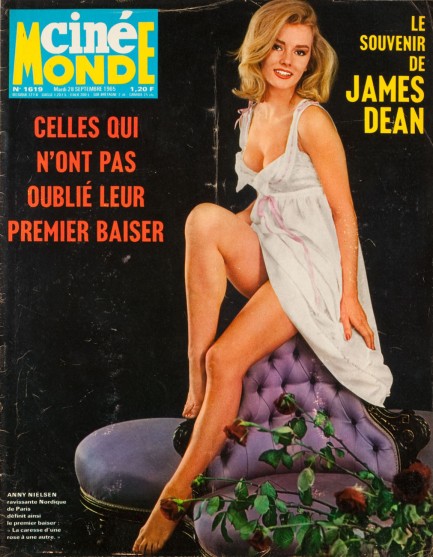
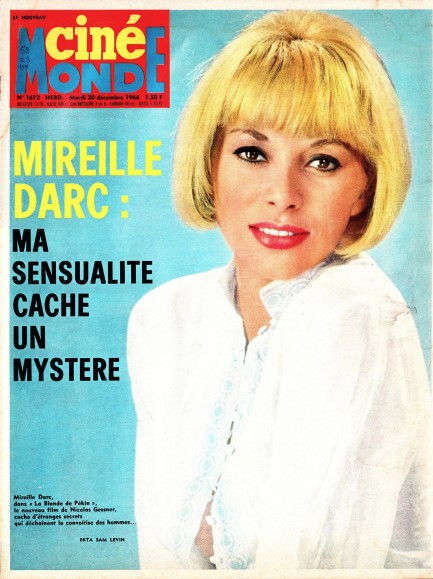
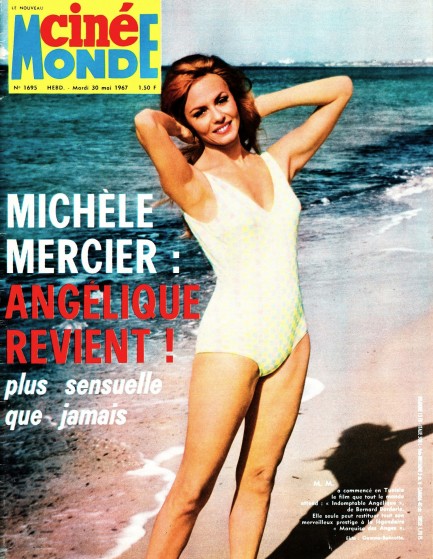
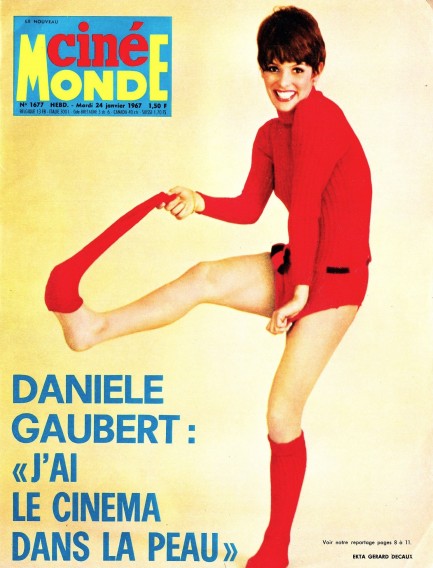
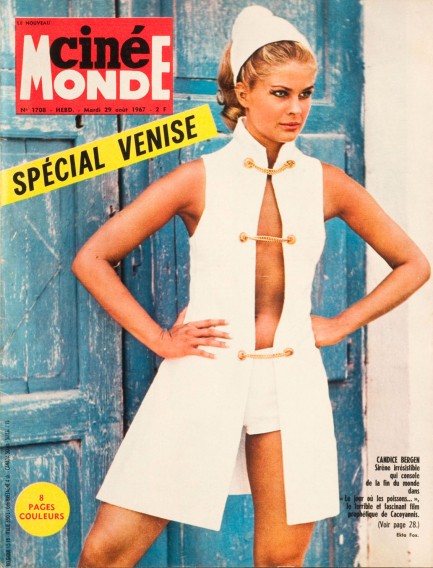
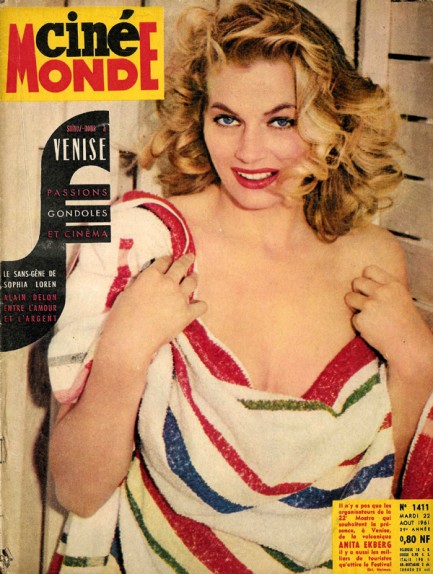
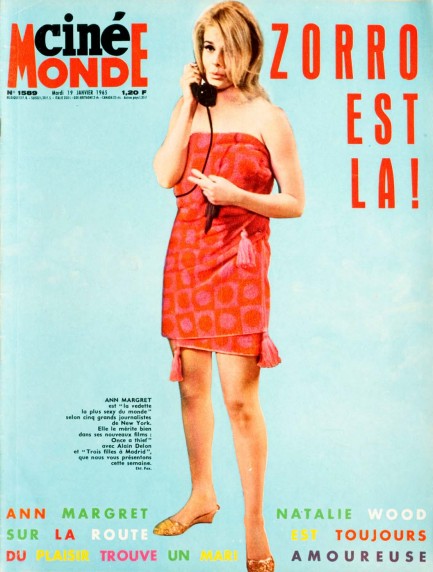
| Vintage Pulp | Jun 23 2014 |

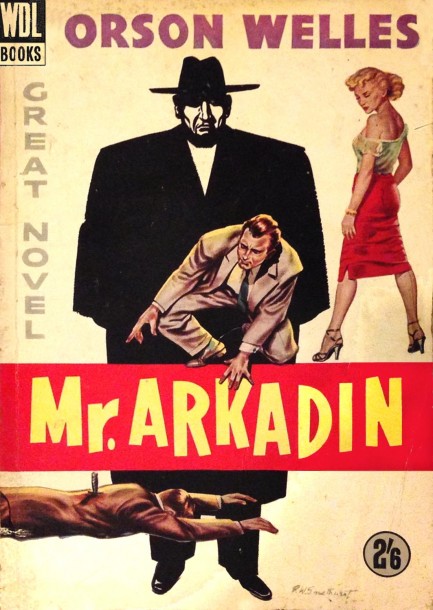
This striking paperback cover for Mr. Arkadin was put together for Britain’s WDL Books by R. W. Smethurst, a well-known illustrator of comic books during the 1950s and 1960s. The Smethurst signature you see is not an autograph, but rather part of the art, something many of his covers contained. But the fact that he claims credit at all is rather interesting, because the art isn’t completely his. He seems to have borrowed his red-skirted femme fatale from Robert Maguire, who painted her for John D. MacDonald’s April Evil, below. It’s quite possible the other figures are borrowed as well. How strange.
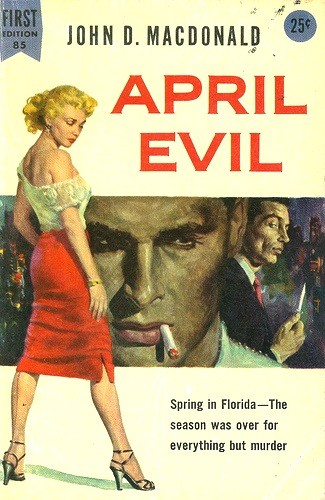 Yet, it’s fitting. Welles was consumed by the question of fakery. His documentary F for Fake discusses the subject in absorbing detail, even focusing on his own work. In short, he suggests that authenticity is a chimerical concept because it is subject to human error and fraud. While Welles slyly avoided explicitly claiming authorship of the Mr. Arkadin novelization, Maurice Bessy’s role, if it was ever widely known, was reconfirmed only in 2007. It’s easy to suspect that Welles knew the role of his ghostwriter would be forgotten. We’re talking about a man, after all, whose career caught fire thanks to one of history’s ultimate fakes—his panic inducing War of the Worlds broadcast.
Yet, it’s fitting. Welles was consumed by the question of fakery. His documentary F for Fake discusses the subject in absorbing detail, even focusing on his own work. In short, he suggests that authenticity is a chimerical concept because it is subject to human error and fraud. While Welles slyly avoided explicitly claiming authorship of the Mr. Arkadin novelization, Maurice Bessy’s role, if it was ever widely known, was reconfirmed only in 2007. It’s easy to suspect that Welles knew the role of his ghostwriter would be forgotten. We’re talking about a man, after all, whose career caught fire thanks to one of history’s ultimate fakes—his panic inducing War of the Worlds broadcast.We’re pretty sure, Smethurst, however, is not actually playing with the concept of fakery. John D. MacDonald was not obscure and neither was artist Robert Maguire, so there was no attempt at theft when Smethurst painted a close duplicate of Maguire’s femme (or excised it whole). His cover falls into the category of pastiche—work in the style of another. What we’d really enjoy is if someone out there identified the other figures on the cover. But if those are Smethurst’s that would prove interesting too. In the meantime, if you want to know about Welles’ F for Fake and learn more about his attitudes toward authenticity, go here.
| Vintage Pulp | Jan 7 2014 |

